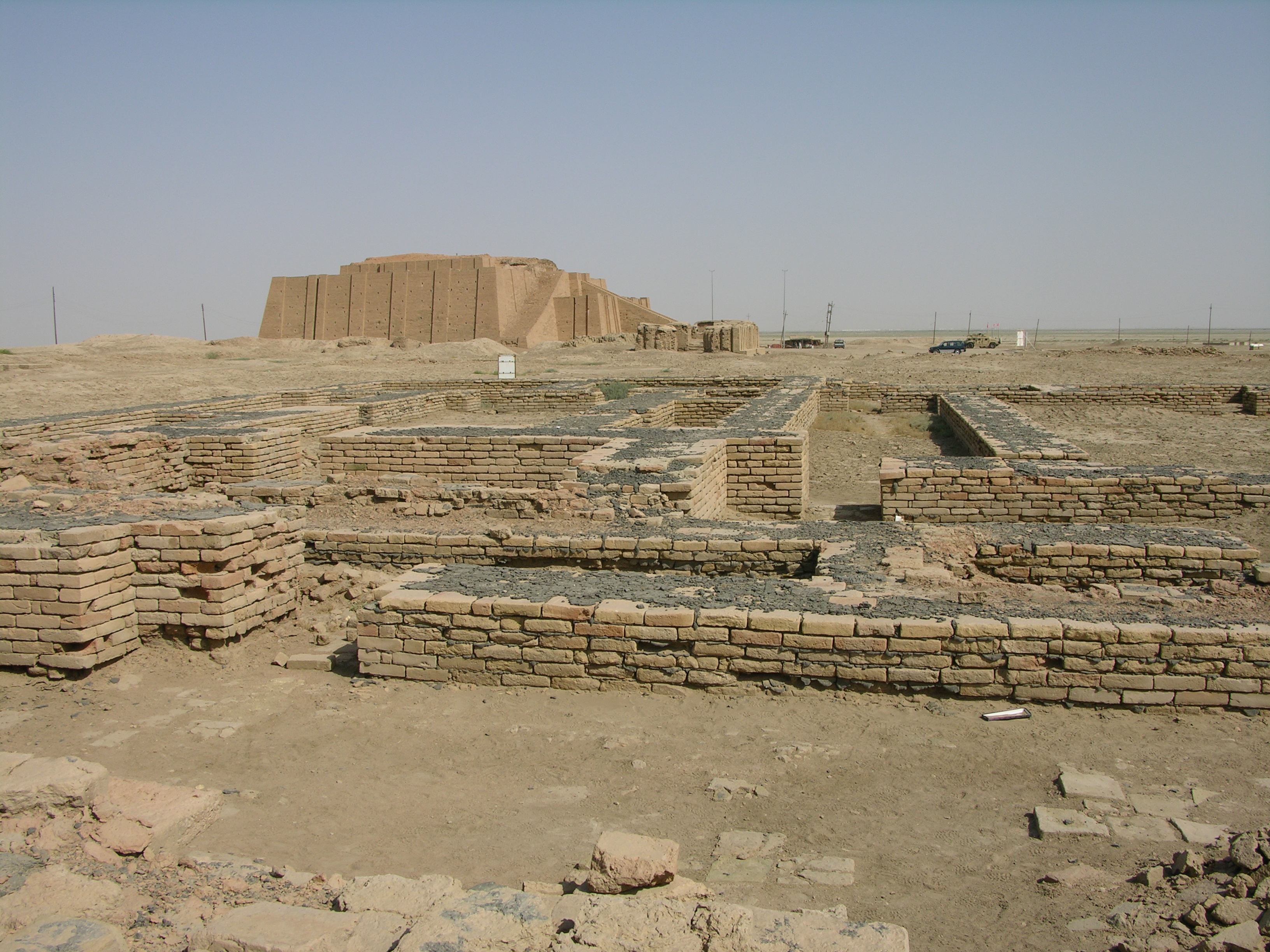Ennigaldi-Nanna is largely unknown in the modern day. But in 530BC, this Mesopotamian priestess worked to arrange and label various artefacts in the world's first museum.
Ennigaldi-Nanna was the priestess of the moon deity Sin, and the daughter of the Neo-Babylonian king, Nabonidus. In the ancient Mesopotamian city of Ur, around 530BCE, a small collection of antiquities was gathered, with Ennigaldi-Nanna working to arrange and label the varied artefacts.
This collection was considered by the British archaeologist, Sir Charles Leonard Woolley, to be the earliest known example of a “museum”.
The museum, over 2,500 years old, was centred on cultural heritage, and it is thought to have perhaps had an educational purpose. Along with her other roles, Ennigaldi-Nanna is believed to have run a scribal school for elite women.

When considering the discovery, Woolley noted that the discovery of a museum associated with the priestess was not unexpected, given the close connection between religious specialists and education. He also commented on the “antiquarian piety” of the time of the museum’s construction — an interest in history was a common feature among monarchs from the Neo-Babylonian period.
read more here @ The Conversation

1 comment:
Just fascinating to know that the world's first known museum was built by a woman, thanks.
Post a Comment